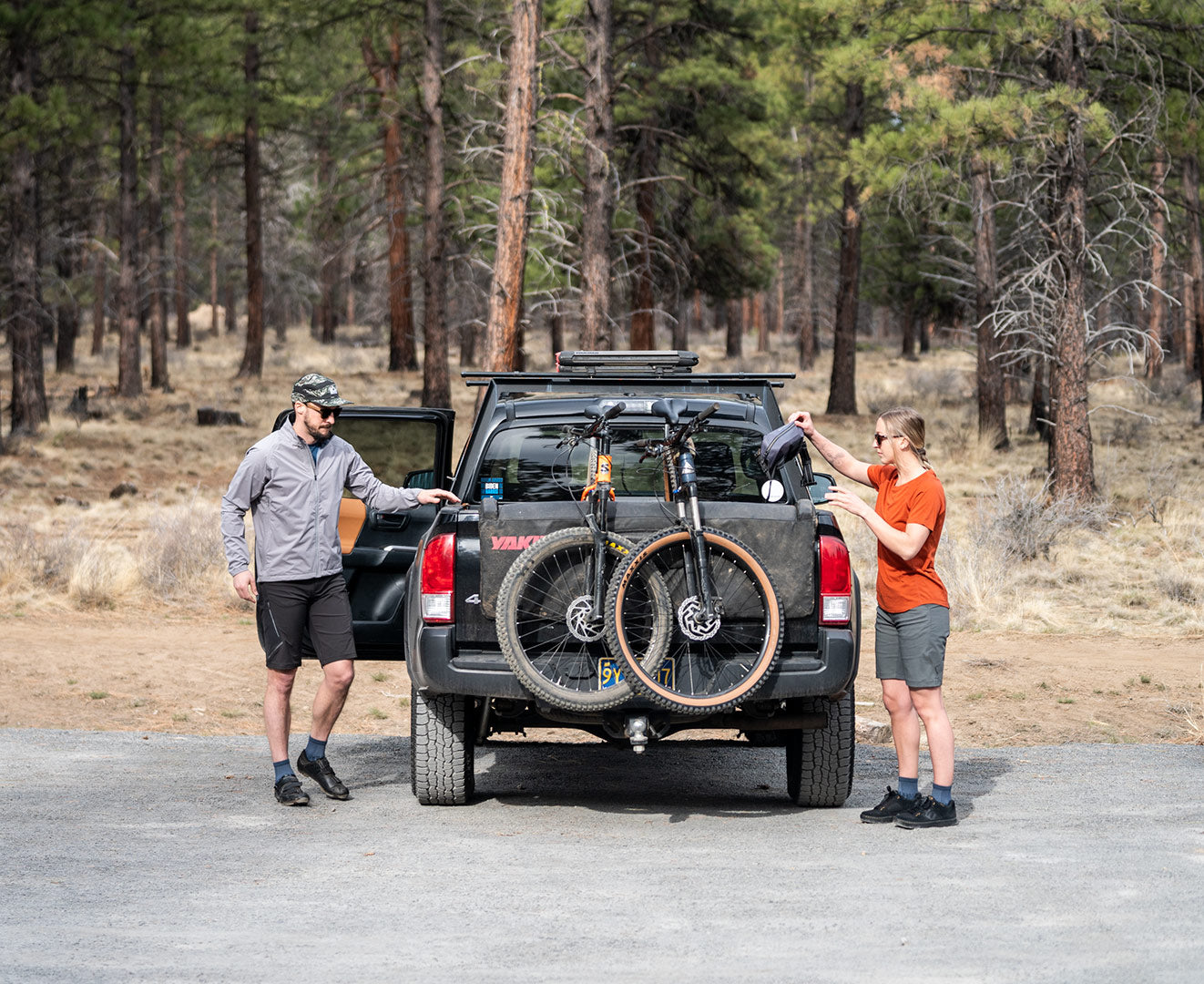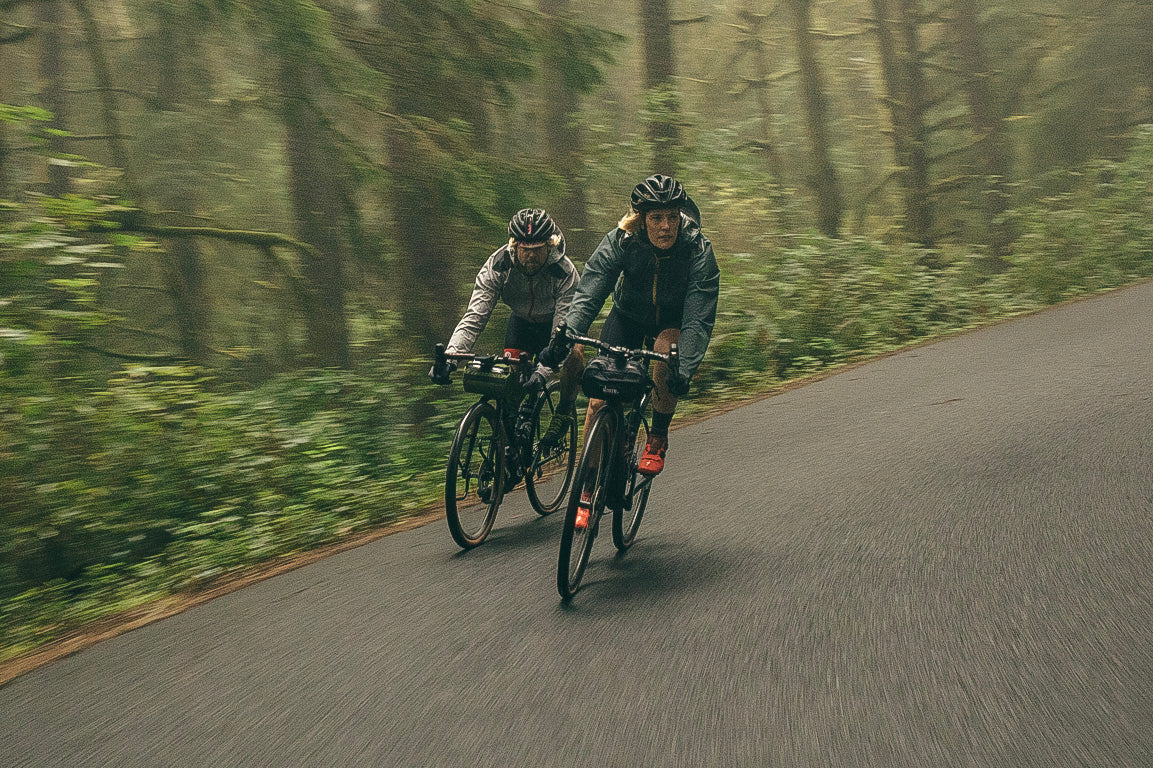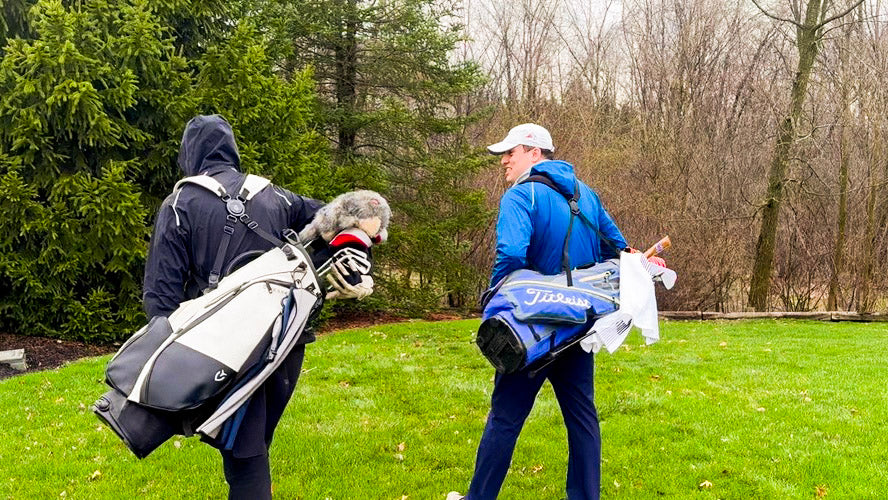
Layering For Spring
We all know that summer, like winter, provides consistency; it’s going to be hot or it’s going to be cold. Spring on the other hand isn’t quite as easy. Temperatures can fluctuate significantly throughout the day, so adding layers in the morning and removing them later in the day is a recipe for optimal comfort.
There are 3 layers that work together to insulate and protect:
- Base Layer
- Mid Layer
- Outer Layer
Base Layer
A good base layer helps you stay dry and comfortable by wicking moisture and allowing it to evaporate from the garment rather than your skin, so you don't get cold. A base layer should be close-fitting for best performance, and depending on the climate, a long sleeve is preferable to a short sleeve. Materials with good wicking, quick-drying, and odor-resistant properties like merino wool make for great base layers.
Mid Layer
The mid layer traps body heat keeping you warm when morning temps hover around freezing. Depending on the climate, this is the first layer that’s shed when temps begin to rise. Again, merino wool can satisfy this need, but fleece or a thin down jacket are also great options. Depending on how cold the climate is, you might spring for two mid layers: a wool, polyester, or a blend of the two, as well as a down jacket. However, doubling up your mid layer requires some consideration as to how hot you run. Just remember that once you get going, you'll be much hotter than when you first got on the bike.
Outer Layer
The outer layer is the first layer of defense as it protects from cold wind and rain. Depending on the climate, this layer might not be necessary, but for most, it’s integral to the effectiveness of the previous two layers. Without proper wind protection, cold air would permeate through our mid and base layer chilling us to the bone, and without waterproof protection, we’d be soaked. We cannot predict the weather, especially in spring, so it’s better to be prepared. Just think of it this way; it’s better to have them and not need them than to need them and not have them.







